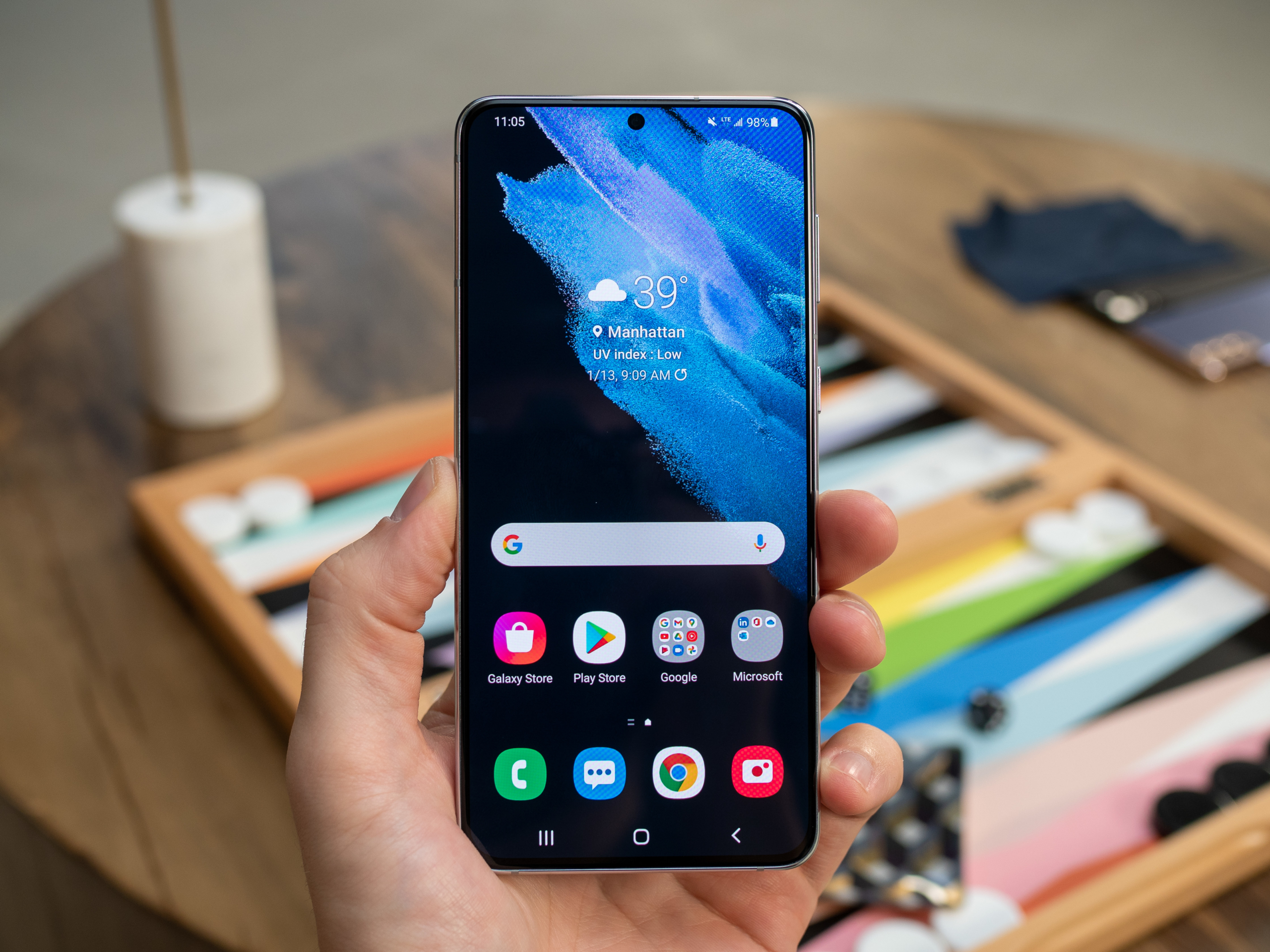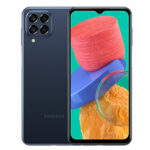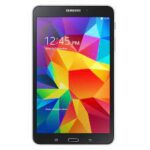How To Take Screenshots On Androids?
Capturing the Moment: A Comprehensive Guide to Taking Screenshots on Android
In our digital age, the ability to capture and share what is on your Android screen is a skill that comes in handy more often than you might think. Whether you want to preserve cherished memories, record important information, or show off your latest gaming achievements, knowing how to take a screenshot on your Android device is a must. In this article, we will explore three different methods of how to take screenshots on Androids each with its own unique benefits and step-by-step instructions.
Snapping Screenshots on Androids with Physical Buttons:
In the era predating the rise of touchscreen marvels, physical buttons served as the predominant mode of interaction with mobile devices. Despite the evolution of modern smartphones into devices with expansive touchscreens and gesture-based controls, physical buttons have persisted as a well-known and dependable element of smartphone design. Within this framework, physical buttons continue to play a crucial role in the process of capturing screenshots on Android devices, providing users with a straightforward and enduring method.
One of the primary advantages of utilizing physical buttons for screenshot capture is their widespread availability. This method is universally applicable to all Android devices, regardless of their make or model. Whether you own a flagship smartphone or an entry-level device, the combination of a power button and volume keys is a common feature, ensuring that the physical button approach is accessible to a vast spectrum of Android users.
For individuals who appreciate tactile interactions and find comfort in simplicity, the physical button method for taking screenshots offers a quick and straightforward solution. There is no need to navigate through complex menus or delve into settings; it is a direct and intuitive process. In Addition, by pressing these familiar buttons in unison, users can swiftly capture whatever content they desire on their screens, ensuring efficiency and ease of use.
The physical button method excels in scenarios where users need to capture screenshots spontaneously and without delay. Whether you stumble upon an amusing meme, need to document vital information, or encounter a captivating moment, the physical buttons are always readily accessible. This instant availability ensures that users can capture time-sensitive content on the fly, without the need to prepare or configure additional settings. It is a method that caters to the immediacy of screenshot requirements, making it an indispensable tool in the Android user’s toolkit.
Steps:
Locate the Buttons:
The first step is to identify the physical buttons on your Android device. These typically include a power button (usually located on the side or top of the device) and a volume-down button (usually found on the opposite side).
Prepare the Screen:
Ensure that the content you want to capture is displayed on your device’s screen. It could be a hilarious meme, an important text message, or a stunning photo.
Simultaneous Press:
Simultaneously press and hold both the power button and the volume down button. Hold them down for a moment, usually a second or two.
Screen Flash and Preview:
After pressing the buttons, you will see a brief screen flash and a preview of the screenshot will appear at the bottom right corner of your screen. This preview allows you to quickly review the screenshot to ensure it is what you intended.
Access the Screenshot:
The captured screenshot will be automatically saved to your device’s designated screenshot folder or gallery. You can usually access it through your device’s Photos app or Gallery app.
Capturing Screenshots on Androids Using Gestures:
In the ever-evolving world of mobile technology, user interfaces and interactions have continuously transformed. Furthermore, traditional physical buttons paved the way for touchscreens, and as technology progressed, gesture-based controls emerged as a modern and intuitive way to interact with smartphones and tablets.
One of the areas where gestures have made a significant impact is in the realm of capturing screenshots on Android devices. Unlike physical buttons, which rely on tactile feedback, gestures introduce a touch of elegance and futuristic convenience to the process.
One of the primary benefits of gesture-based screenshot capture is its hands-free nature. This approach liberates users from the need to press physical buttons, allowing them to capture screenshots effortlessly using intuitive hand movements. This is especially advantageous when using the device with one hand or in situations where pressing physical buttons might be less convenient.
Gesture controls are inherently intuitive and user-friendly. They leverage natural hand movements, such as swipes or pinches, which are easy for users of all technical levels to grasp. This user-friendliness reduces the learning curve associated with taking screenshots, making it accessible to a wide range of Android users.
Gesture-based screenshot capture offers a convenient and modern approach to taking screenshots. In a world where touch and gestures have become the norm for device interaction, this method aligns perfectly with users’ expectations for a seamless and contemporary experience. It caters to those who appreciate streamlined and up-to-date functionalities on their Android devices.
One of the most significant advantages is the elimination of complex button combinations. With gestures, users can capture screenshots with a single, fluid motion, simplifying the process and reducing the chances of accidental captures. This is an easy way to take screenshots of Androids.
Steps:
Enable Gesture Capture:
First, ensure that gesture-based screenshot capture is enabled on your device. Moreover, Access your device’s settings and look for “Gestures” or a similar menu.
Capture Gesture:
To take a screenshot using gestures, perform the specified gesture on your screen. Depending on your device, it may involve swiping your hand horizontally or vertically across the screen.
Screenshot Taken:
After performing the gesture correctly, your device will capture the screenshot. Moreover, You will typically receive a notification confirming the capture.
Access Your Screenshot:
Retrieve your screenshot from your device’s gallery or screenshot folder for viewing and sharing.
Note:
The exact gestures and settings may vary depending on your device manufacturer and model. Furthermore, Be sure to check your device’s specific instructions for gesture-based screenshot capture.
Effortless Screen Capture with Google Assistant to Take Screenshots On Androids:
Google Assistant, the virtual assistant developed by Google, has revolutionized the way users interact with their Android devices. Launched in 2016, Google Assistant is designed to provide voice-activated assistance, making it easier than ever to perform tasks, obtain information, and control your device using natural language commands. Moreover, One of the features that have garnered significant attention is its ability to capture screenshots through voice commands, offering an effortless and hands-free approach to screen capture.
One of the standout benefits of using Google Assistant for screen capture is the hands-free and voice-controlled nature of the process. Furthermore, Users can simply issue voice commands to initiate the screenshot capture. Furthermore, this level of convenience is particularly valuable in situations where using your hands might be impractical or inconvenient. Moreover, when your hands are occupied or when you want to capture a moment quickly without interrupting your activity.
Google Assistant’s screenshot capture feature is a boon for users who prefer interacting with their devices using voice commands. It caters to those who appreciate the efficiency and simplicity of voice-controlled actions. With just a spoken command, users can capture screenshots, enhancing the overall accessibility of the feature.
Google Assistant is a standard feature on most Android devices, ensuring seamless integration and accessibility for a broad user base. Furthermore, this means that users do not need to install additional apps or configure settings to use this feature; it is readily available and accessible through Google Assistant. Moreover, it is often accessible by saying “Hey, Google” or by pressing a dedicated Assistant button on the device.
One unique advantage of using Google Assistant for taking screenshots on Androids is its ability to bypass certain app restrictions. Moreover, some apps and content providers may restrict traditional screenshot methods within their interfaces to protect sensitive information or copyright.
Steps:
Activate Google Assistant:
You can activate Google Assistant by saying “Hey Google” or long pressing the home button, depending on your device’s settings.
Command Your Screenshot:
Once Google Assistant is active, simply instruct it by saying “Take a screenshot” or “Capture the screen.”
Screenshot Captured:
Google Assistant will automatically capture the screenshot and save it to your device.
Retrieve and Share:
Access your screenshot through the gallery app or the screenshot folder. Furthermore, where you can edit, share, or store it for future use.
Note:
Ensure that Google Assistant is properly set up and configured on your device. You may need to grant necessary permissions for it to capture screenshots.
Conclusion:
Taking screenshots of Androids is a valuable skill that can enhance your digital experience in numerous ways. Whether you prefer the simplicity of physical buttons, the modern elegance of gestures, or the convenience of voice commands. Google Assistant Android provides a variety of methods to capture the moments that matter to you. By following the step-by-step instructions provided for each method, you will be well-equipped to capture and share screenshots on Androids effortlessly. So, the next time you encounter something worth saving or sharing. Remember these techniques and make the most of your Android device’s screenshot capabilities. Happy screenshotting!







